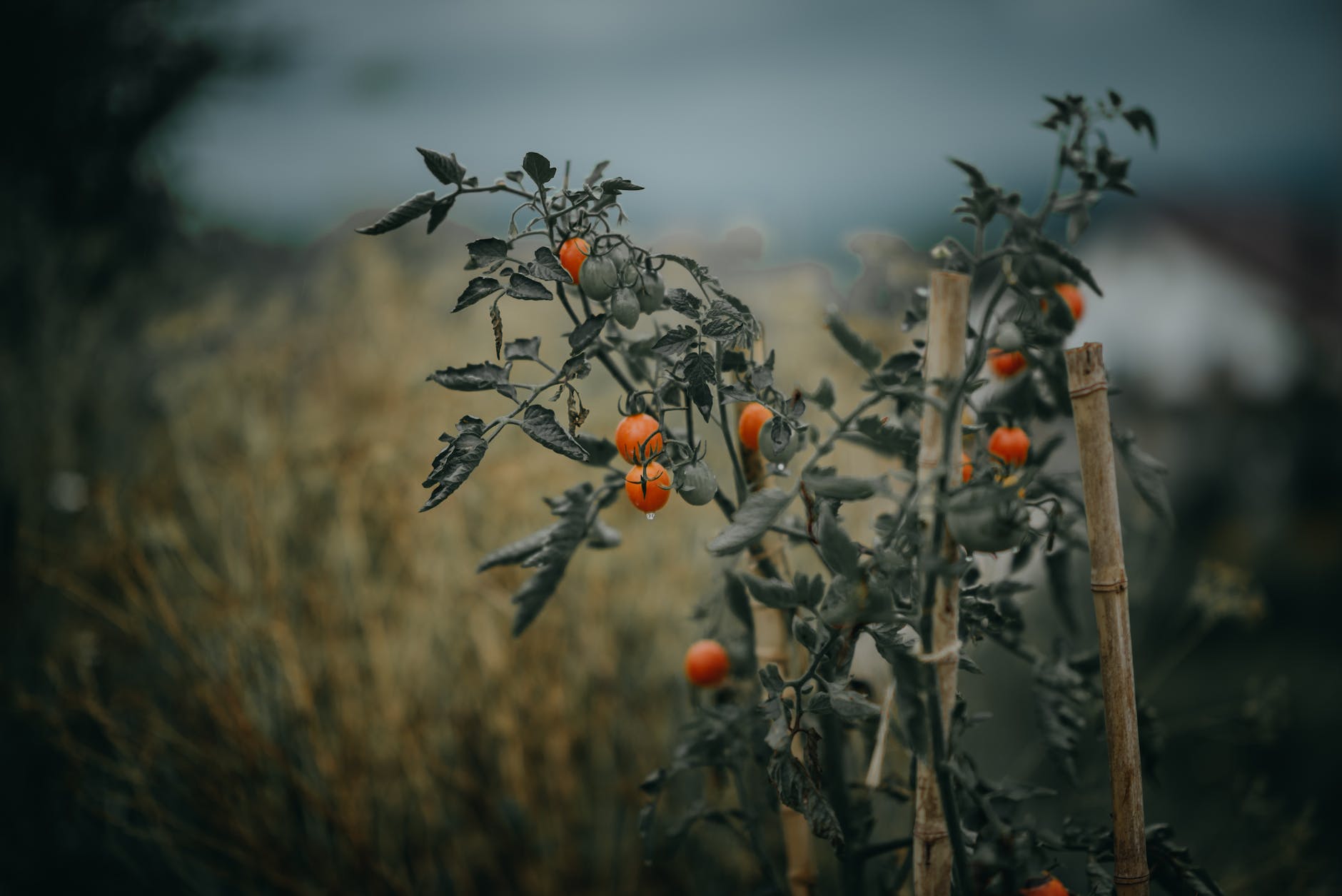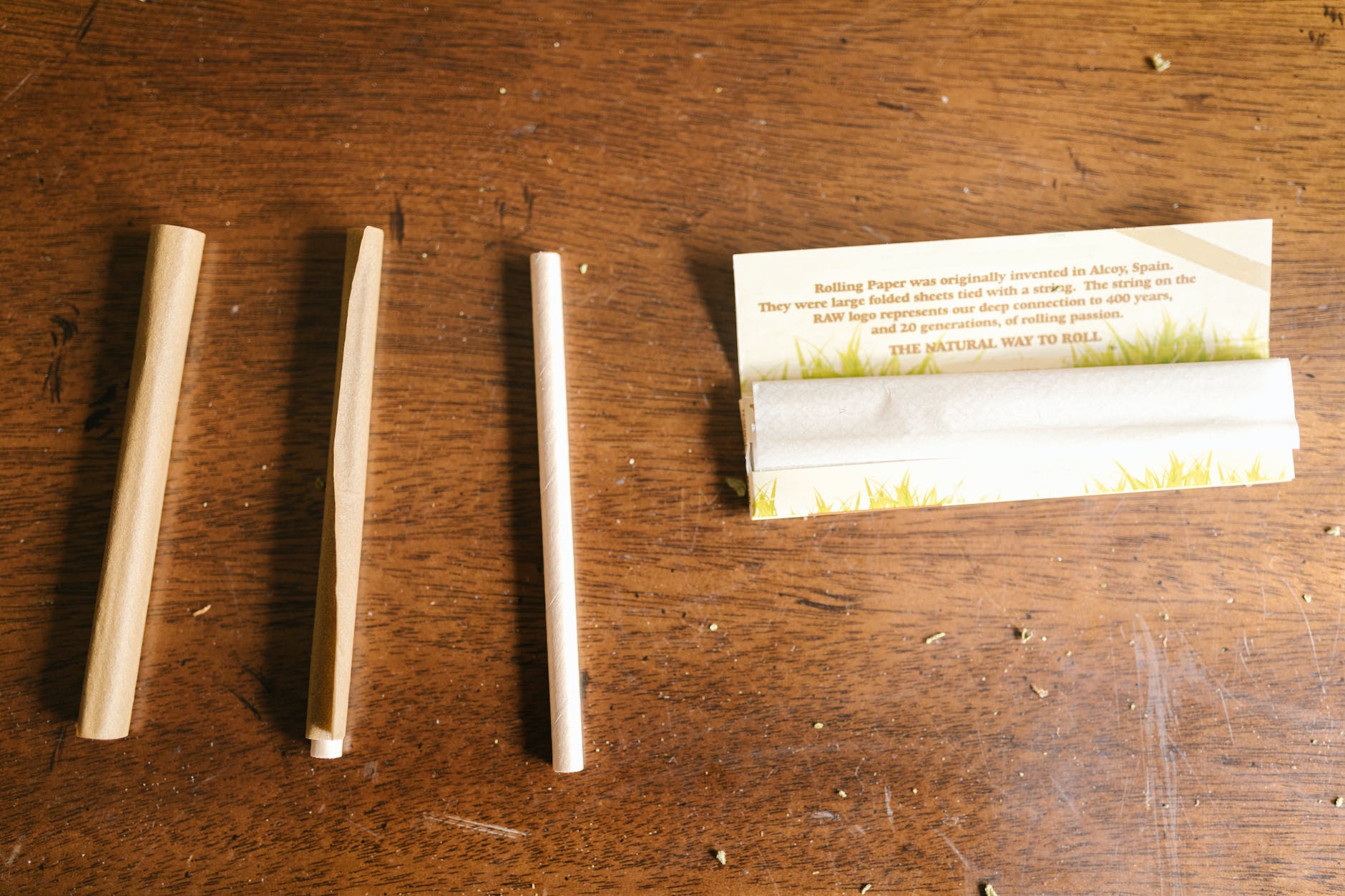——-
The beautiful journey from a tiny seed to a healthy, flourishing cannabis plant is both exciting and mystifying. Whether you’re yearning to conduct indoor growing or outdoor cultivation, employing detailed techniques and providing ample care will make your cannabis-growing experience a fruitful one. This resourceful guide is packed with beginner-friendly recommendations on how to nurture your cannabis, covering various aspects like light exposure, water and nutrient management, pest control, and harvesting.
The first decision to make is between indoor cultivation vs outdoor cultivation. Outdoor cultivation leverages the natural sunlight and environment, and it is economical but might be less controlled. On the other hand, indoor growing gives you total control over your plant’s growing conditions but can be more expensive upfront1.
If you go for indoor growing, one essential thing to keep in mind is light exposure. Cannabis plants need plenty of light to grow. Too little light, and they’ll stretch and become weak. But too much light can also damage them2. Experts recommend giving your plants 18 hours of light during the vegetative stage and switching to 12 hours during the flowering stage.
For an optimal growth environment, focus on water and nutrient management. Regardless of whether you utilize soil mixtures or hydroponics, balance is key. Overwatering can lead to a condition called “root rot,” while underwatering can hamper the nutrient uptake3. Regarding nutrients, your cannabis plants will need a varying combination of nitrogen (N), phosphorus (P), and potassium (K), depending on their growth stage4.
Pruning techniques can make a significant difference in your yield. By removing the lower and non-productive branches, you allow the plant to focus its energy on the fruitful branches, thus increasing its yield. Here’s a comprehensive guide to pruning that’s perfect for beginners5.
Using an effective pest control strategy is vital for both indoor and outdoor cultivation. Neem oil, insecticidal soaps, and biological controls like introducing beneficial insects can be efficient for managing common cannabis pests6.
Once you’ve met the growth period, it’s time for harvesting. The golden rule is to harvest when 70-90% of the hairs have darkened for the highest THC level7. After harvesting, curing is a crucial step for improving both the flavor and shelf life. It involves drying the buds slowly in a controlled environment to achieve a smooth smoke8.
One critical aspect to remember is that every cannabis plant is unique and might require a tailored approach. Try not to be discouraged if your first few attempts aren’t as successful as you’d like. With patient practice and continuous learning, you’ll nurture a green thumb in no time.
In conclusion, growing cannabis can be a rewarding process that combines art and science. By understanding key concepts such as hydroponics, pruning, pest control, and curing, beginners can cultivate effectively. As they say, the best fertilizer is the gardener’s shadow. Happy gardening!

